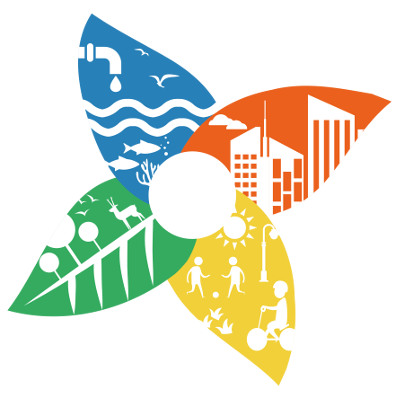The Urban Nature Atlas (www.naturvation.eu/atlas) contains 1,000 examples of nature-based solutions from 100 European cities. The data providing the basis of the Atlas was collected via discourse analysis from secondary sources, during the summer of 2017 involving 20 Masters students from CEU, Lund University and the University of Utrecht.
Since its launch in 2018, the Urban Nature Atlas has been recognised as the largest data collection effort on nature-based solutions to date, has been promoted in various events and platforms and used as a resource for various research efforts focused on nature-based solutions. To date over 40,000 people have visited the Urban Nature Atlas and selected datasets of the Atlas have been provided to more than 30 researchers/projects.
As the majority of the data included in the Atlas was collected in 2017, some of this information has inevitably become outdated. In an effort to correct out-of-date information and research recent developments with the nature-based solution projects, an extensive and systematic review of the Urban Nature Atlas has been carried out over the past 2 months and will continue until mid-October.
The database update also includes the collection of additional data that emerged as being potentially relevant for future nature-based solution research. The new version of the Urban Nature Atlas will contain a detailed characterisation of the sustainability challenges that are driving the implementation of the nature-based solution projects, a precise collection of geographical data, as well as more detailed data on the costs of the projects, and among other types of data, information on the expected and/or achieved environmental, socio-cultural and economic impacts of nature-based solutions.
Keep an eye on the Naturvation website for the upcoming new version of the Urban Nature Atlas planned for December 2020!
